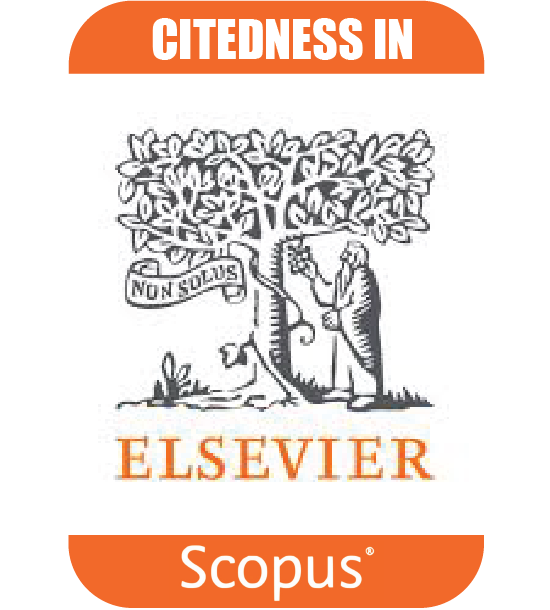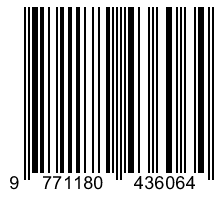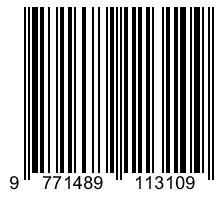Tumbuhan dalam Konteks Permukiman dan Penguburan: Studi Fitolit dari Situs Doro Mpana, Dompu, Nusa Tenggara Barat
DOI:
https://doi.org/10.55981/amt.2023.712Keywords:
sediments, residue, phytolith, earthenware, Doro Mpana Site, sedimen, residu, fitolit, gerabah, Situs Doro MpanaAbstract
Abstract. Plants in the Settlement and Burial Context: Phytolith Study from Doro Mpana Site, Dompu, West Nusa Tenggara. The Doro Mpana site in Dompu, West Nusa Tenggara is one of the sites with traces of human interaction with the surrounding vegetation. Excavations have revealed human activities in the past, specifically settlement and burial activities. Archaeobotanical research conducted at the Doro Mpana site aims to determine the use of plants by its inhabitants. The research took an archaeobotanical approach, using phytolith data from pottery residues. Eighteen fragments of pottery edges and 3 fragments of pottery bodies were taken from box S20B1, and 10 fragments of pottery edges and 4 fragments of pottery bodies were taken from box T1S20, which had a settlement context. Meanwhile, samples with burial context were taken from concentrated pottery in spit 7 of box S20B1 and spit 4 of box T1S20. Phytolith extraction was carried out using a heavy-liquid floatation method with SPt (Sodium Polytungstate) solution, and identification was done using ICPN 2.0 (International Code for Phytolith Nomenclature). The results showed the presence of various plants such as palm tree (Arecaceae), bamboo (Poaceae) and ginger plants (Zingeberaceae) that were likely utilised in the past by the inhibitants of the Doro Mpana Site in the XIII-XV centuries AD.
Keywords: sediments, residue, phytolith, earthenware, Doro Mpana Site
Abstrak. Situs Doro Mpana di Dompu, Nusa Tenggara Barat merupakan salah satu situs dengan indikasi adanya interaksi manusia dengan tumbuhan di sekitarnya. Ekskavasi yang telah dilakukan menemukan adanya aktivitas manusia di masa lalu, yakni aktivitas permukiman dan penguburan. Penelitian arkeobotani yang dilakukan pada Situs Doro Mpana, bertujuan untuk mengetahui bentuk pemanfaatan tumbuhan oleh manusia pendukungnya. Metode yang digunakan pada penelitian ini adalah dengan pendekatan arkeobotani menggunakan data fitolit yang diambil dari residu gerabah. Sampel yang diambil adalah 18 fragmen tepian gerabah dan 3 fragmen badan gerabah dari kotak S20B1, serta 10 fragmen tepian gerabah dan 4 fragmen badan gerabah dari kotak T1S20 yang memiliki konteks permukiman. Sementara, sampel dengan konteks penguburan diambil dari gerabah terkonsentrasi pada spit 7 kotak S20B1 dan spit 4 kotak T1S20. Ekstraksi fitolit dengan metode heavy-liquid floatation dengan larutan SPt (Sodium Polytungstate) dan identifikasi menggunakan nomenklatur ICPN 2.0 (International Code for Phytolith Nomenclature). Hasil penelitian menunjukkan adanya beberapa tumbuhan seperti palem-paleman (Arecaceae), bambu (Poaceae) dan tumbuhan temu-temuan (Zingeberaceae) yang kemungkinan dimanfaatkan di masa lalu oleh manusia pendukung Situs Doro Mpana pada abad XIII–XV M.
Kata kunci: sedimen, residu, fitolit, gerabah, Situs Doro Mpana
Downloads
Published
How to Cite
Issue
Section
License
Copyright (c) 2023 Aldhi Wahyu Pratama, Anggraeni, Ni Putu Eka Juliawati

This work is licensed under a Creative Commons Attribution-ShareAlike 4.0 International License.








